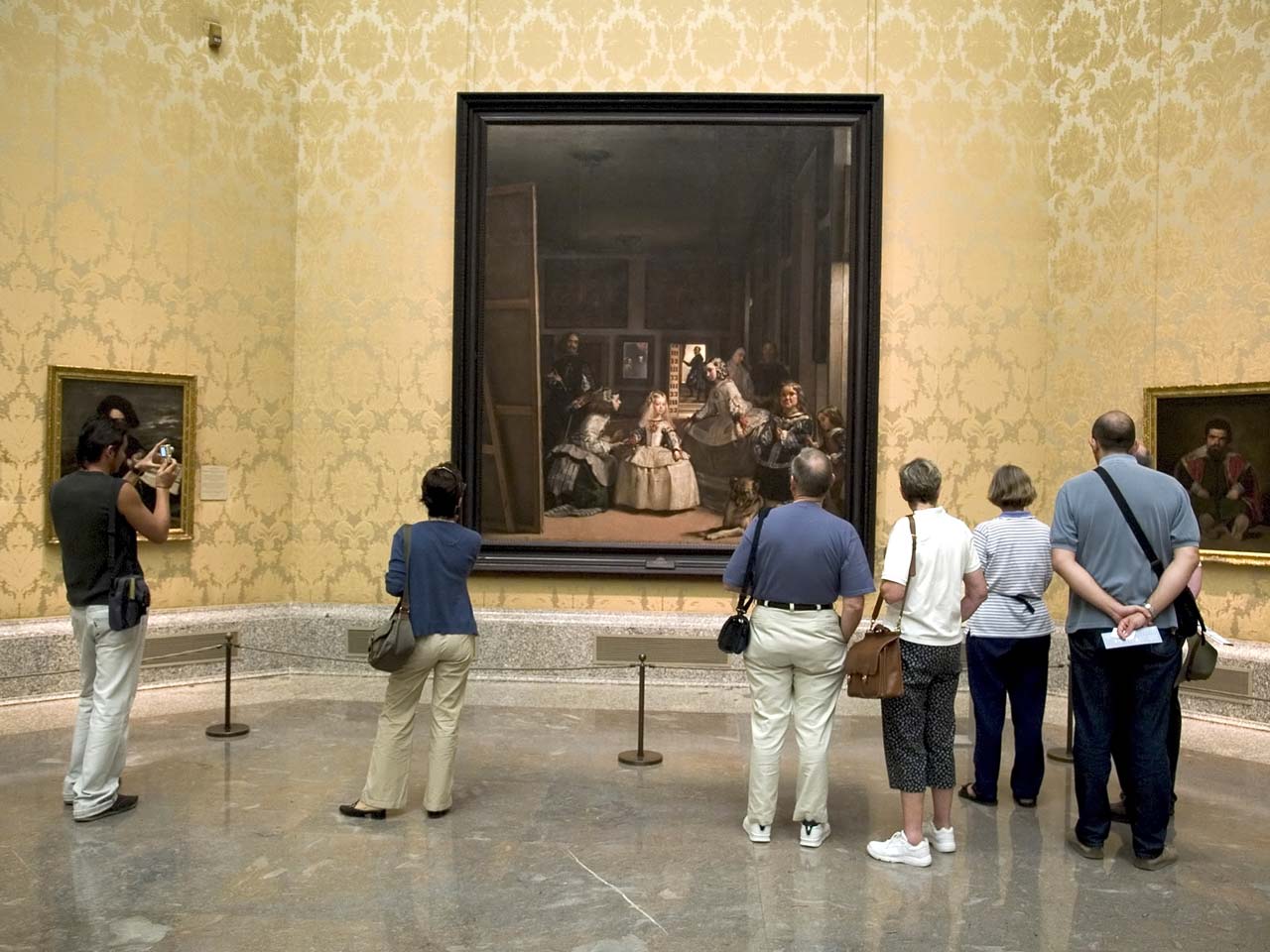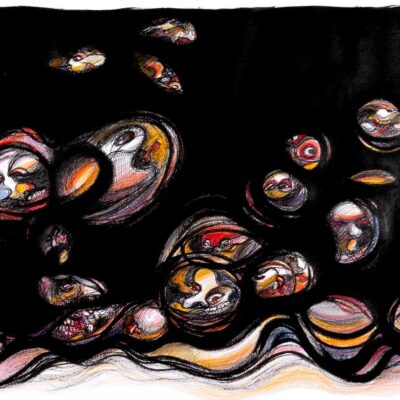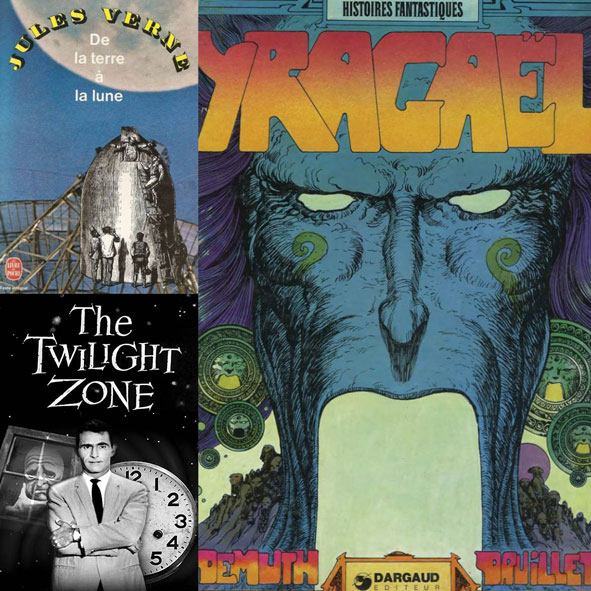
The Prado Museum: A Gem in Heart of Madrid
Musée du Prado – Les Ménines, Vélasquez, 1656
In 2017, I visited the Prado in Madrid, one of the world’s most famous art museums. I was immediately struck by the grandeur, richness and majesty of the place. Blown away by the number of masterpieces per square metre, I marvelled at the impressive collection of European paintings from the 14th to the 19th centuries, assembled by the Habsburgs and Bourbons.
It is impossible to visit the entire museum in just a few hours. You need a plan, to create your own itinerary according to your own interests and, above all, to take your time in doing so. It was the middle of August and the Spanish capital’s scorching sun was at its peak, transforming the city into a veritable furnace. Thank God the Prado is air-conditioned! It was while making my way through the museum’s maze of rooms and corridors that I was left completely awe-struck.
To be fair, this would go on to occur several times during my visit…
It’s hard to choose, but I would pick out these five masterpieces, as they all totally moved me in different ways:
- ‘The Garden of Earthly Delights’ by Hieronymus Bosch (painted around 1500) for its endless amount of stunning detail, simultaneously depicting hell, heaven and life on Earth. It is a number of small vignettes forming one large triptych (220x386cm).
- The ‘Black Paintings’ by Goya, particularly ‘The Dog’ (1820) with its sober, tragic and distressing atmosphere. Such beauty.
- ‘Las Meninas’ by Vélasquez (1656) for its use of light, perspective and reflections that leave the viewer with the distinct impression of being in the centre of the canvas themselves.
- ‘The Adoration of the Shepherds’ by El Greco (1613) for its composition and imposing dimensions. The deformed, disproportionate bodies and the stark contrasts in light create a surreal sense of drama. The light that Christ seems to emit on the faces of the barefoot shepherds gives them an almost cadaverous skin tone.
- Finally, Pieter Brueghel’s ‘The Triumph of Death’ (1562) with its depiction of the Apocalypse, an allegory depicting death in its many forms. This work had already left a strong impression on me in a small reproduction in a magazine my grandparents owned, particularly because of its attention to detail.
I have to visit the museum again in the next few years, hopefully taking even more time to admire these beautiful creations. All the more so as the institution continues to evolve, notably with the addition of the ‘Reunited’ exhibit, featuring a selection of 190 of the greatest works ever assembled in the Central Gallery, presented in exactly the same way they would have been at the museum’s opening in 1819.
Additionally, a new room dedicated to Hieronymus Bosch has been opened, having been extensively renovated to provide a much clearer view of the paintings. The room now features an animated display of the surprising details of the works on display, some being enlarged to 12 times their original size.



